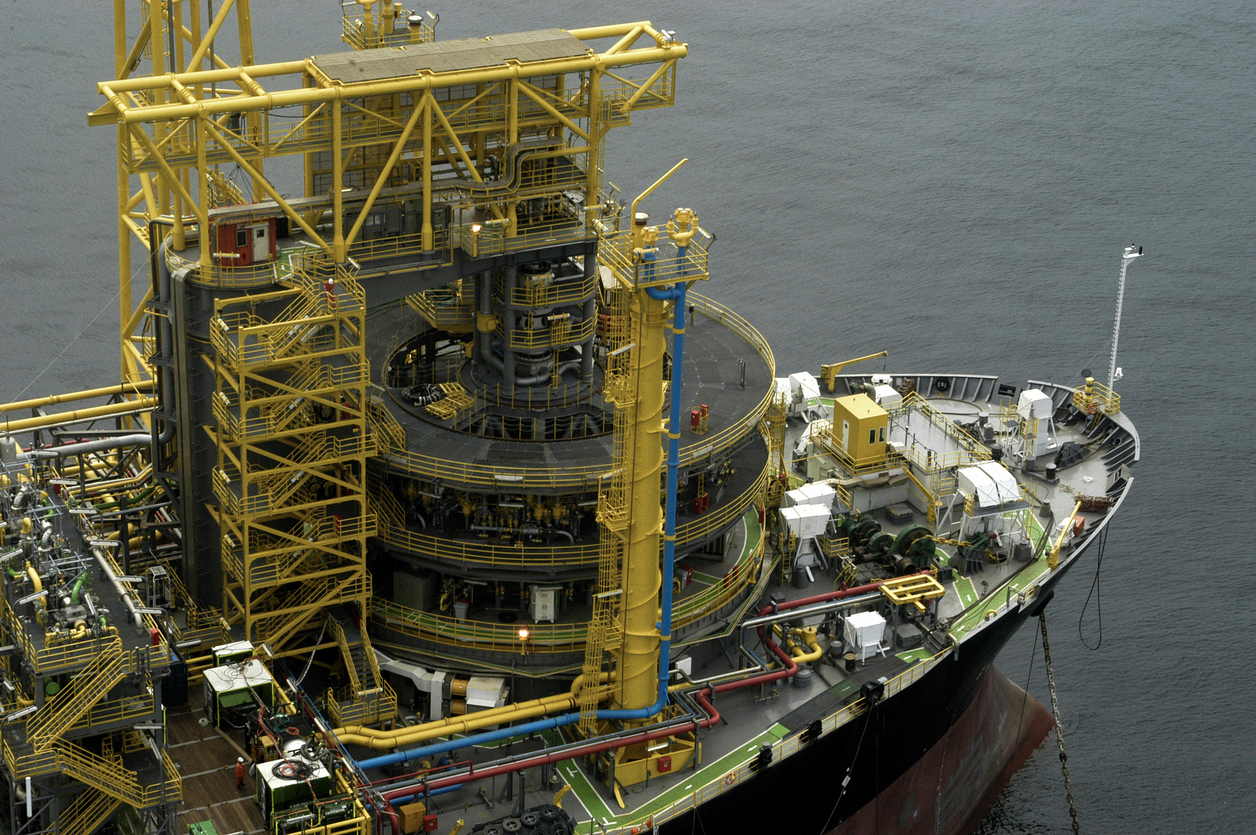Making decisions based on data is no longer a differentiator, it has become a strategic necessity. The concept of data-driven refers to the use of concrete information to support choices, instead of relying solely on intuition or previous references. When used well, data becomes an ally in building more agile and relevant solutions for the business.
In the industrial context, especially in sectors such as oil and gas, mining, energy and agribusiness, being data-driven is even more essential. In these environments, fast and accurate decisions have a direct impact on safety, efficiency and long-term competitiveness.
How Data Drives Better Decisions
The greater the operational complexity, the smaller the margin for unforeseen events. In critical industrial activities, decisions need to be made quickly, always supported by consistent information. Reliable data makes it possible to assess risks clearly, identify operational behavior patterns and support choices with a technical basis. This reduces the dependence on subjective judgments and strengthens confidence in the actions taken, even under pressure or in highly demanding contexts.
In addition to rapid response, data is essential for optimizing resources and continuous improvement. When performance indicators are systematically monitored, it becomes possible to adjust routines and reconfigure processes based on real results. This comparative analysis allows the identification of bottlenecks, waste and opportunities that would be difficult to perceive intuitively.
Another key aspect is traceability. Data-driven decisions can generate auditable records that facilitate governance and alignment between sectors. With integrated data, the security, operations, and management areas can operate with a unified view of the scenario. In addition to reducing uncertainty, this integration strengthens the analytical capacity of teams, favoring more coherent and informed actions.
Intelligent monitoring and data generation
Industrial operations are constantly exposed to critical variables and frequent changes, requiring precise and continuous supervision. In this context, having an intelligent monitoring system becomes essential to ensure safety and efficiency in the performance of activities.
Unlike traditional models, this type of system is not limited to observing what is happening in the environment. The integration of Artificial Intelligence (AI) allows intelligent monitoring to interpret behaviors and situations based on defined parameters, promoting greater control of the operation. Another benefit is the issuance of real-time alerts, which helps reduce response time to risks, avoids unnecessary downtime and enables more informed decisions.
The presence of AI in smart monitoring represents an important reinforcement to the performance of teams in the field. It operates as a second set of eyes, processing large volumes of data and signaling situations that require attention. This joint action between automated analysis and human supervision favors the data-driven culture in the company, and supports faster, more conscious and safer decisions.
Integration with company indicators
Operational data has strategic value when it is directly linked to indicators that are relevant to the organization. When it comes to operational performance, this means monitoring variables such as asset availability, process efficiency and the number of unplanned downtimes, allowing adjustments to be made in line with performance goals.
When it comes to safety, integration with indicators allows monitoring of incidents, risk areas, deviations from procedures and compliance with standards in a structured manner. This reinforces prevention, directs training and ensures decisions based on evidence, rather than specific or subjective reactions.
On an oil and gas platform, for example, it is possible to relate the number of alerts issued by critical zones (red zones) with the average response time of security teams. By viewing this data in comparative dashboards, management can identify patterns of slowness, prioritize resources and act before specific failures become recurrent or critical.
This integration between monitoring and corporate goals reduces the gap between operations and strategy. When the data generated on a daily basis directly feeds the indicators that guide decision-making, the management process becomes more assertive. In this way, the data-driven culture ceases to be an isolated action and begins to support the efficiency, safety and continuous improvement of the company as a whole.
ALTAVE's contribution
ALTAVE is a company specialized in intelligent monitoring, with proprietary hardware and software developed to operate in diverse environments, including complex operations. Our solutions stand out for their robustness and reliability, with a consolidated presence in Brazil and abroad.
The technology we offer can be customized according to the characteristics and requirements of each sector. With this, ALTAVE intelligent monitoring provides greater control over operations and more peace of mind for managers and teams responsible for the safety of people and assets.
The strategic use of data is part of ALTAVE and is incorporated into our solutions as one of the central pillars. By contributing to more informed and agile decisions, our solution increases security, reduces risks, reinforces regulatory compliance and accelerates data-driven maturity within organizations.
Conclusion
Implementing a data-driven culture is a fundamental step for organizations seeking greater predictability and agility in decisions that impact day-to-day operations. In industrial contexts, it is essential to maintain constant supervision, with real-time data analysis, to preserve the safety and efficiency of processes.
By structuring monitoring strategically and integrating it with the company's indicators, it is possible to connect what happens in the field with management objectives. This promotes alignment between areas, improves the ability to act in the face of critical events and strengthens operational control.
With organized, integrated and accessible data, companies can reduce errors and act quickly in risky situations. Responses are now guided by concrete information, with less room for subjective interpretations and more reliability in the decision-making process at all levels of the organization.





